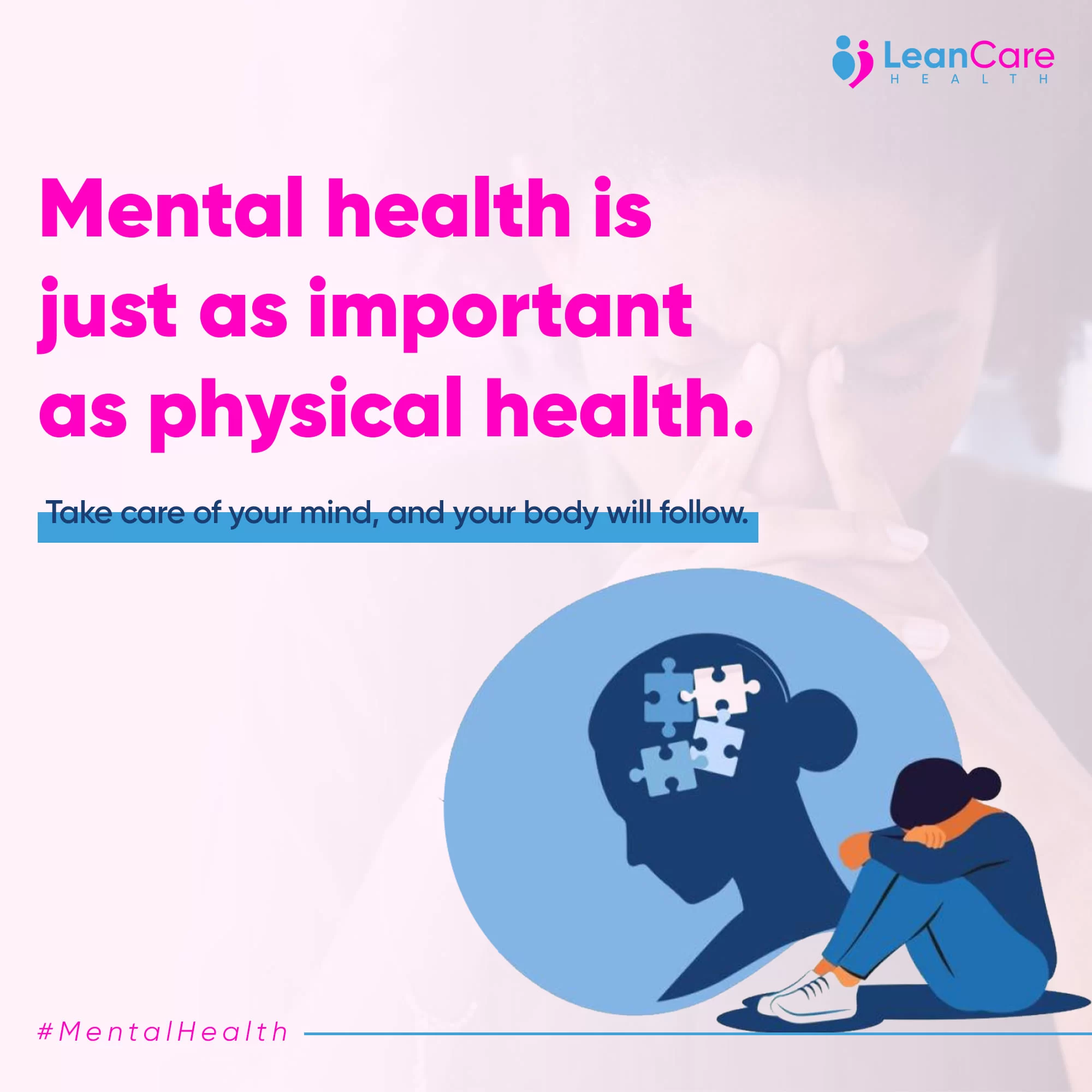Arthritis is a common disease that affects millions across the globe and leads to pain, inflammation, and stiffness of the joints. Those suffering from this ailment must understand the different types of arthritis, their signs, and other management strategies.
Types of Arthritis
Osteoarthritis (OA)
Definition: Osteoarthritis is commonly referred to as “wear-and-tear” arthritis is the main kind of arthritis found in many people. This disease takes place when the protective cartilage on the ends of bones wears away with time.
Risk Factors: OA can be caused by age, injury to joints, obesity or genetic factors.
Rheumatoid Arthritis (RA)
Definition: Rheumatoid arthritis is an autoimmune condition where the immune system of body attacks joint linings leading to swelling and damage.
Risk Factors: RA may affect people at any age but it’s more frequent among middle-aged individuals. Genetics, smoking and hormonal influences may play roles in its development.
Psoriatic Arthritis (PsA)
Description: Psoriatic arthritis affects certain persons who have psoriasis, which is characterized by red patches having silvery-white scales over their skin. Joints suffer from pain, stiffness and swelling due to PsA.
Risk Factors: Risk can be increased by environmental factors for instance Family history of PSORIASIS or having relatives positive for PsA.
Gout
Definition: Gout is a form of arthritis caused by crystals made up of uric acid accumulating within joints thus causing severe sudden pain and swelling.
Risk Factors: High purine diet; obesity; taking certain drugs; genes are gout causes.
Ankylosing spondylitis (AS)
Description: The main effect here occurs around vertebrae in your back leading to inflammation hence causing terrible and lingering pain.
Risk Factors: AS is much more common among males than females, and genetic factors play a key role.
Symptoms of Arthritis
Although there are some differences between the different types, arthritis signs usually include:
Joint Pain: Chronic pain in affected joints.
Stiffness: Reduced joint movement and stiffness especially in the morning or after periods of little or no activity.
Swelling: Swelling and inflammation of joints.
Redness & Warmth: Red and warm-feeling joints.
Fatigue: When a person feels tired all the time without any particular reason, it is called fatigue.
Deformity: In grave situations, joints may become disfigured.
Management of Arthritis
Though there’s no cure for arthritis, several management strategies can be applied to reduce symptoms and improve one’s life quality:
Medications
Pain Relievers (Analgesics): Over-the-counter such as paracetamol or ibuprofen help manage pain as well as relieve swelling caused by it.
Anti-Inflammatory Drugs – Nonsteroidal anti-inflammatory drugs (NSAIDs) decrease inflammation as well as relieve pain.
Disease-Modifying Antirheumatic Drugs (DMARDs): These medicines have been designed to slow down the RA process or prevent joint damage due to PsA.
Physical Therapy
Exercise: Regular physical activity can help strengthen muscles around joints, increase flexibility, and reduce the discomfort felt in them.
Stretching: Gentle exercises can prevent loss of joint movements they can also avoid stiffening them.
Lifestyle Changes
Weight Management – Maintaining a healthy body mass index reduces pressure on knees thus relieving associated pains.
Healthy Diet – Eating foods that are low in fats like fruits; vegetables; whole grains; lean proteins will keep your body fit apart from reducing inflammations’ severity level within you at any given moment they are eaten.
Alternative Therapies
Acupuncture: Some individuals enjoy pain relief through this method.
Herbal Supplements: Certain herbal supplements such as fish oil and turmeric have anti-inflammatory effects.
Surgery: In severe cases where conservative measures have failed, joint replacement surgeries may be indicated.
Arthritis is a diverse disease that has various types, each with its difficulties. People living with arthritis need to know about the different kinds of arthritis, their symptoms and how to manage them. A holistic strategy involving drugs, physiotherapy, lifestyle changes and other treatment options can help them deal with the resultant pain thereby improving their quality of life. It is important to always consult your healthcare provider for a customized care plan that works best for you.
